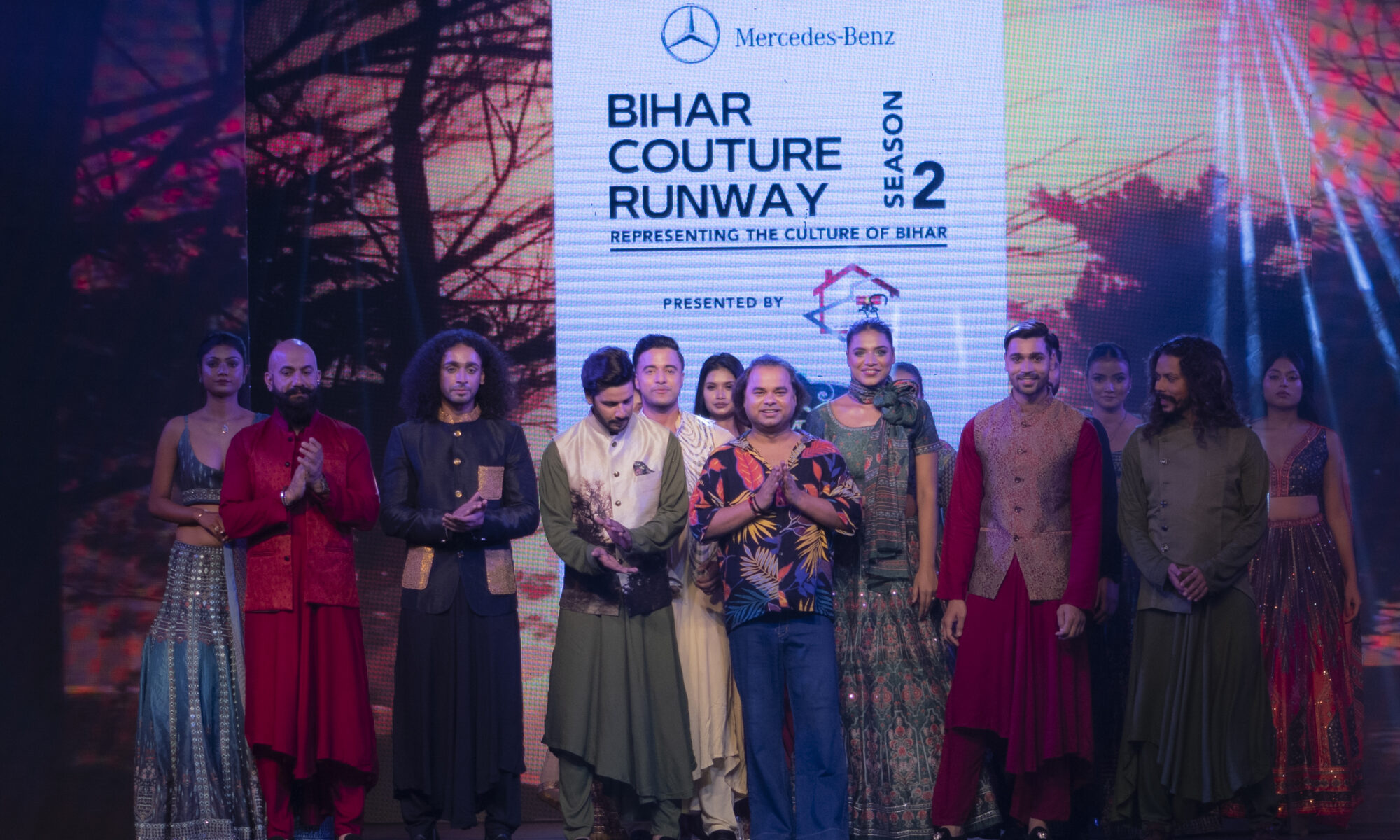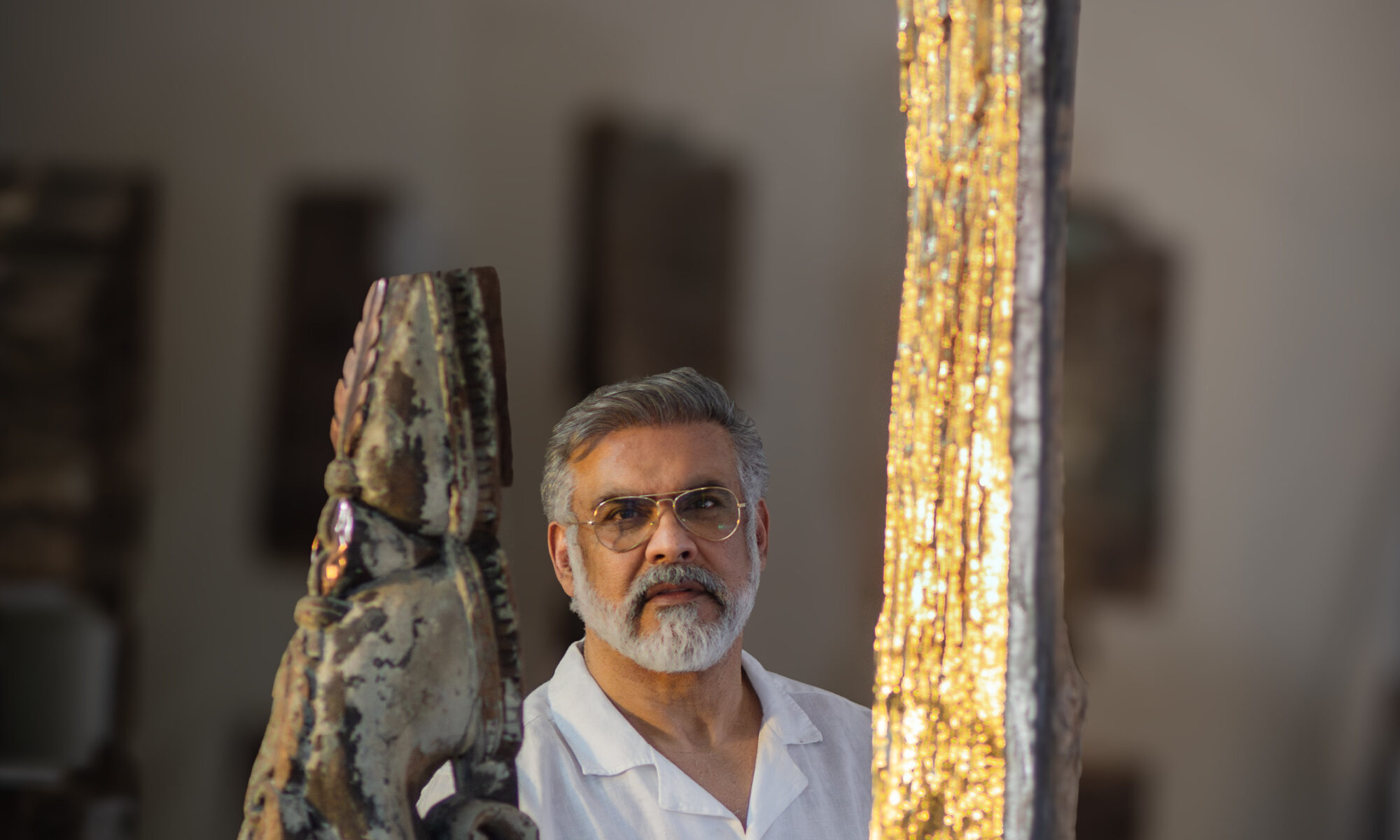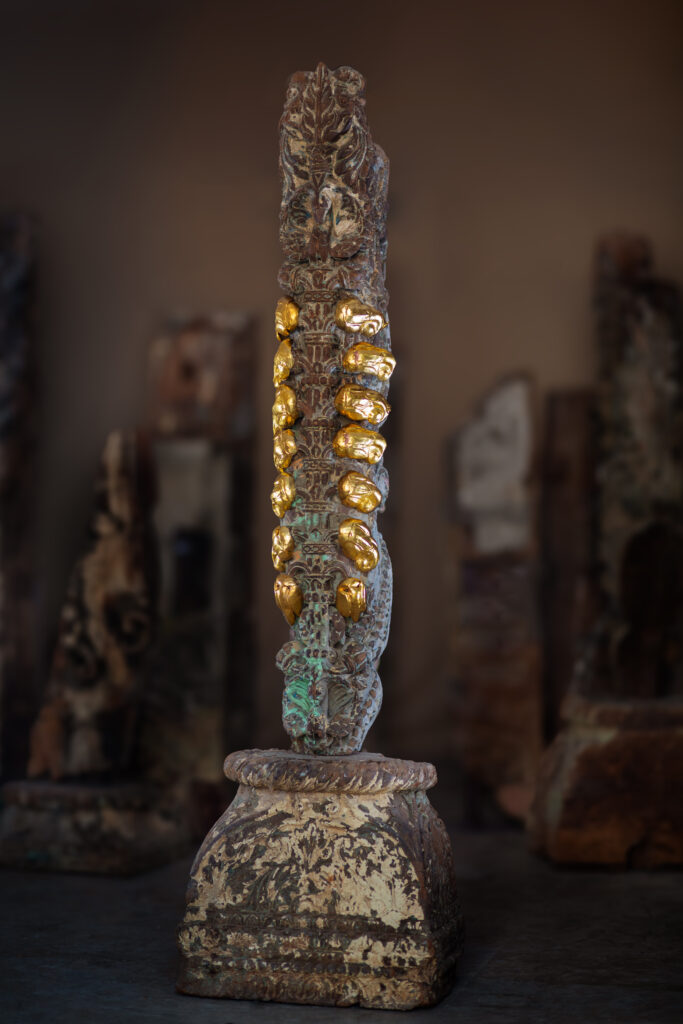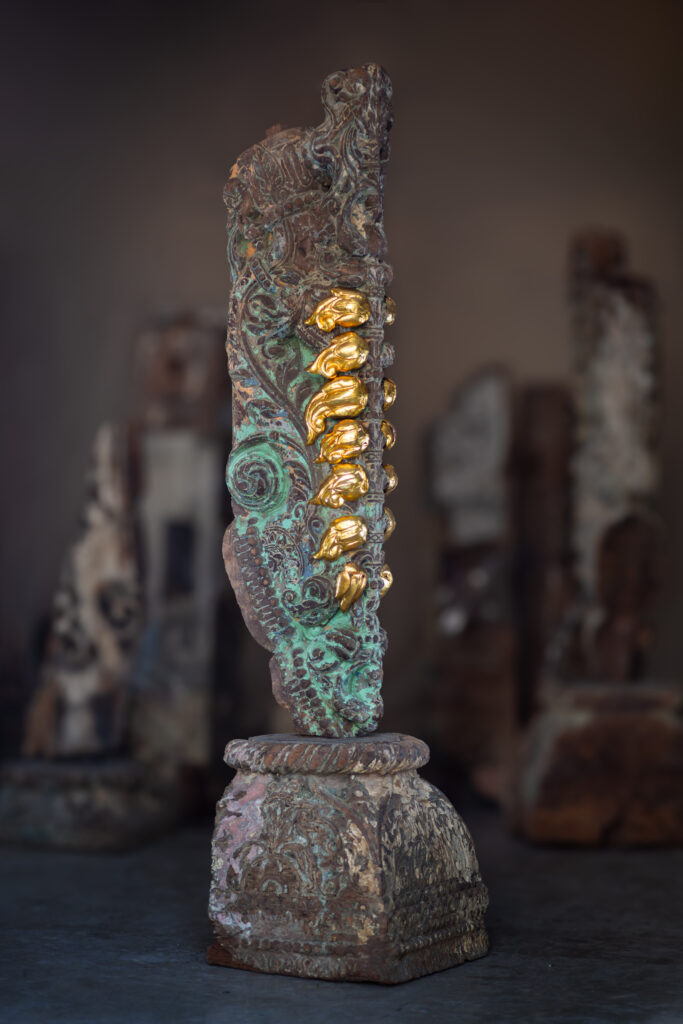In the ever-evolving landscape of fashion, designer Mukesh Dubey has carved a niche for himself by seamlessly blending contemporary aesthetics with traditional charm. His latest collection, unveiled with much flair, features a stunning array of floral and geometric printed lehengas, complemented by men’s kurtas with asymmetrical cut hemlines, all accentuated by intricate embroidery and versatile Nehru jackets in an earthy palette.
Dubey’s creative genius shines through as he draws inspiration from urban life, infusing a modern twist into timeless ethnic wear. The collection effortlessly marries the vibrancy of floral and geometric prints with the subtlety of earthy tones, creating a visual symphony that resonates with the cosmopolitan spirit.
The lehengas, adorned with contemporary prints, are a testament to Dubey’s keen eye for design. The incorporation of asymmetrical cut hemlines adds a touch of edginess, redefining the conventional silhouette. This bold move not only sets the collection apart but also caters to the modern woman who seeks both style and comfort.
One cannot ignore the sophistication exuded by the men’s kurtas, thoughtfully paired with versatile Nehru jackets. The combination not only adds a layer of depth to the ensemble but also presents an ideal fusion of tradition and modernity. The earthy palette chosen by Dubey serves as a nod to the roots of Indian culture, creating a harmonious blend that appeals to a diverse audience.
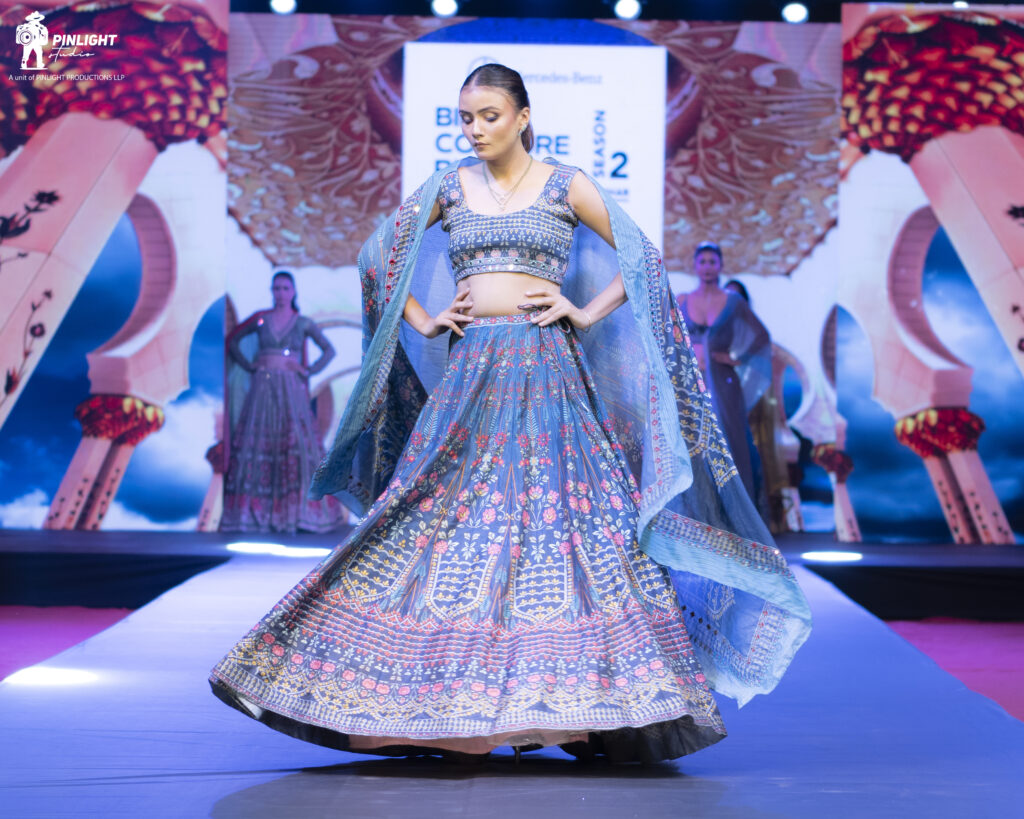
What sets Mukesh Dubey’s collection apart is its adaptability to various occasions. The ensembles presented on the runway are not just pieces of clothing; they are a reflection of the modern individual’s need to balance tradition and contemporary trends. These outfits effortlessly transition from formal events to more casual affairs, making them a perfect choice for destination events.
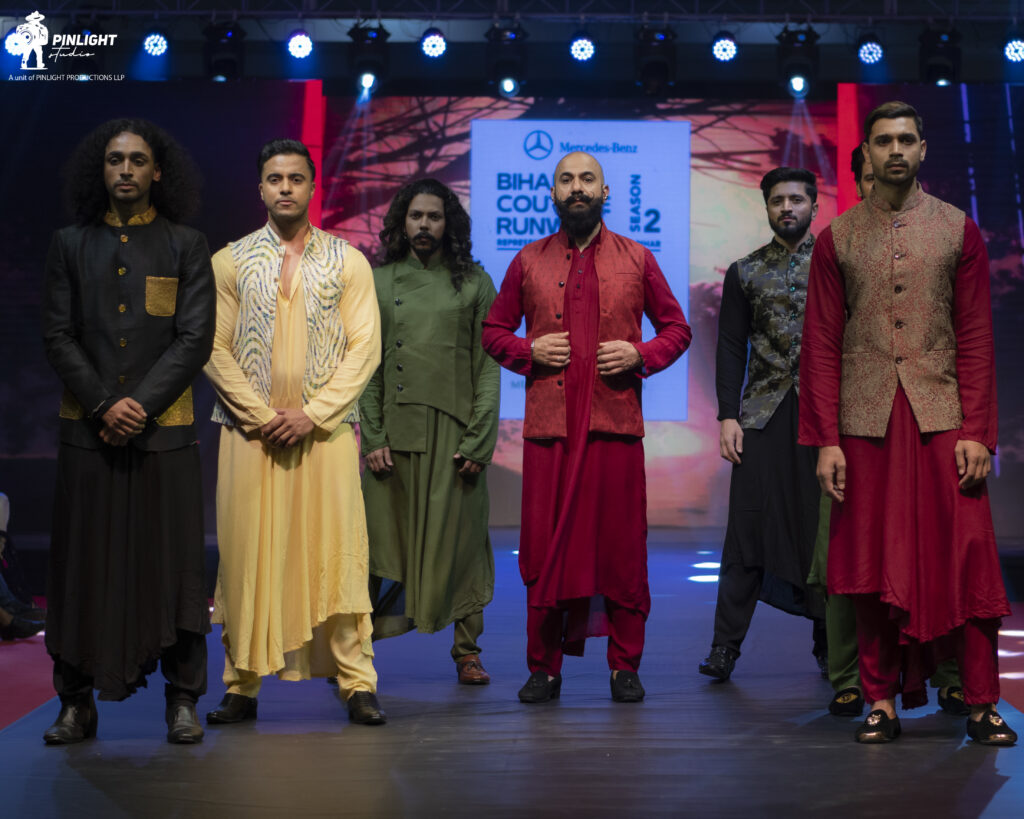
The designer’s vision becomes evident as each piece communicates the seamless integration of modernity while honoring age-old traditions. Mukesh Dubey has managed to encapsulate the essence of urban life in every stitch, providing fashion enthusiasts with a wardrobe that is not only stylish but also culturally rich.

Mukesh Dubey’s contemporary fusion collection has successfully blurred the lines between tradition and modernity. The floral and geometric prints, paired with asymmetrical cuts and earthy tones, create an ensemble that is both visually striking and culturally rooted. With each stride down the runway, Dubey’s designs showcase a perfect amalgamation of style, comfort, and tradition, making them a must-have for those who seek elegance with a touch of urban flair.

